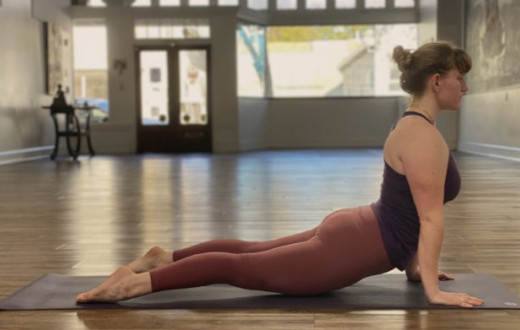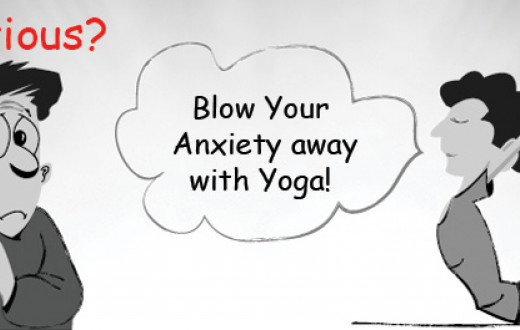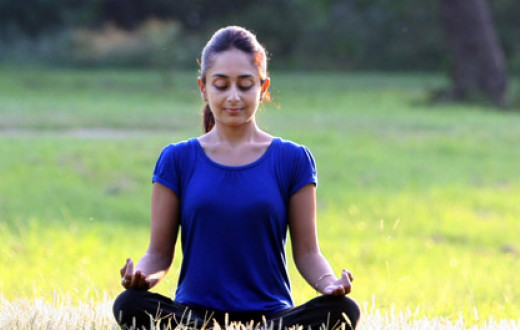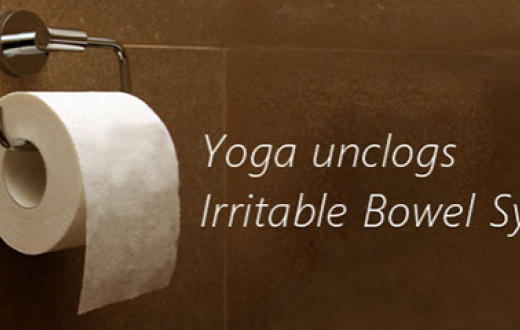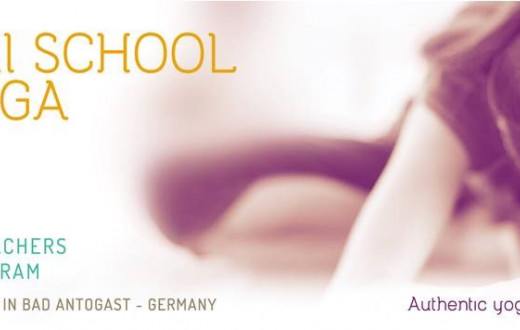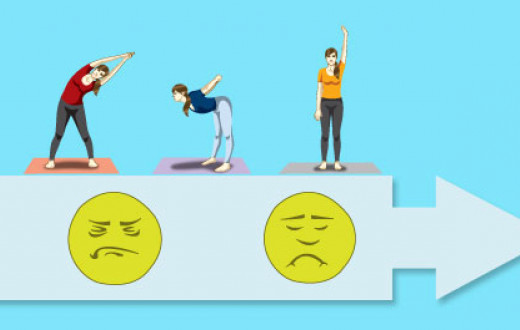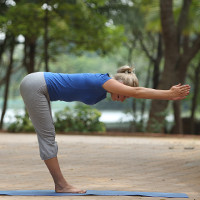
Hasta- hand; Padah- foot; asana- pose
Pronounced: Has-tah-pada-sanah
How to do Standing Forward Bend (Hastapadasana)
- Stand straight with feet together and arms alongside the body.
- Balance your weight equally on both feet.
- Breathing in, extend your arms overhead.
- Breathing out, bend forward and down towards the feet.
- Stay in the posture for 20-30 seconds and continue to breath deeply.
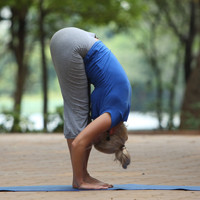
- Keep the legs and spine erect; hands rest either on the floor, beside the feet or on the legs.
- On the out breath, move the chest towards the knees; lift the hips and tailbone higher; press the heels down; let the head relax and move it gently towards the feet. Keep breathing deeply.
- Breathing in, stretch your arms forward and up, slowly come up to the standing position.
- Breathing out, bring the arms to the sides.

Benefits of the Standing Forward Bend (Hastapadasana)
- Stretches all the muscles of the back of the body.
- Invigorates the nervous system by increasing the -blood supply.
- Makes the spine supple.
- Tones the abdominal organs.
Contraindications of the Standing Forward Bend (Hastapadasana)
Back injury: People suffering from lower back injuries, Spondylitis, Cervical pain or any kind of back and spinal problems should not do this pose.
View All - Not allowed
<< Standing Backward Bend Standing Spinal Twist>>
Yoga practice helps develop the body and mind bringing a lot of health benefits yet is not a substitute for medicine. It is important to learn and practice yoga postures under the supervision of a trained Sri Sri Yoga teacher. In case of any medical condition, practice yoga postures after consulting a doctor and an Sri Sri Yoga teacher. Find an Sri Sri Yoga program at an Art of Living Center near you. Do you need information on programs or share feedback? Write to us at info@srisriyoga.in
FAQ's on Standing Forward Bend (Hastapadasana)
Yes, Hastapadasana is a forward bending asana. Just like, Uttanasana, Paschimottanasana etc.
It stretches all the muscles of the back of the body. It invigorates the nervous system by increasing the blood supply. It makes the spine supple. It tones the abdominal organs.
Standing Forward Bend focuses on the muscles of the back and hamstrings. It invigorates the nervous system by increasing circulation It increases blood flow to the brain It stretches the hamstrings It tones the abdominal organs
"Parvatasana (Mountain pose) stretches the love handles or the abdominal flab, tummy and hips. With regular practice, you can find a considerable reduction of the abdominal flab. It increases your lung capacity. It strengthens the muscles of your wrist and feet."
Yes, Forward Fold is good for you. Except in back injury, spondylitis, cervical pain and spinal problems.
"It stretches lower back, hamstrings and the hips It massages and tones the abdominal and pelvic organs It tones the shoulders"
People with a back injury, spondylitis, cervical pain and spinal problems should not practice forward bends.
You can't do forward bends if you have a back injury, spondylitis, cervical pain and spinal problems. Your problems can aggravate further.
"Padahastasana or Hand to foot pose is one of the twelve asanas of the Surya namaskar. It has the following benefits: Stimulates glands - thyroid, endocrine, pituitary, pineal and adrenal glands Muscular flexibility in the thigh and lower back to relieve stress Balances vata Removes tamas and dawns creativity Blood circulation in the upper body improves Facilitates metabolism Spleen and Liver function better Lengthens the spine and brings better posture"
Watch the video and do Hastapadasana as shown. People with a back injury, spondylitis, cervical pain, or spinal problems should avoid practicing the pose.
"Shashankasana or Balasana or the Child's pose has the following benefits: It is deeply relaxing for the back. It relieves constipation. It calms down the nervous system."
In yoga, Hastapadasana is a standing forward bend or asana.

